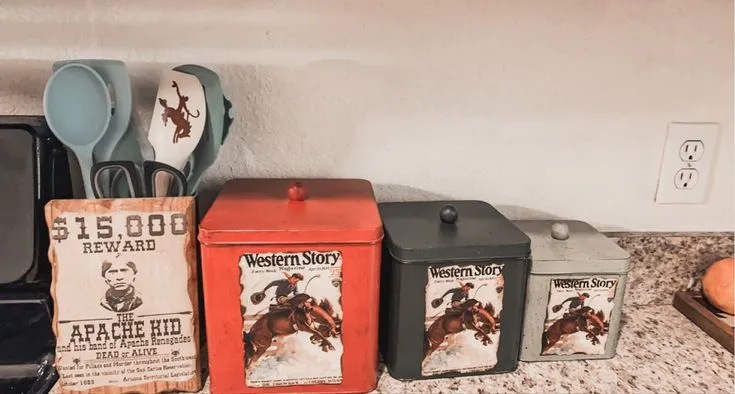What is Zen Western Kitchen Decor?
Zen Western kitchen decor combines the tranquility and simplicity of Zen design with the rustic charm and warmth of Western aesthetics. This unique fusion creates a kitchen space that is both calming and inviting, perfect for those who seek a balance between serenity and a connection to nature. The core idea is to create a functional yet peaceful environment where you can prepare meals, connect with family, and unwind from the stresses of daily life. It’s about embracing natural elements, minimalist principles, and a warm, inviting atmosphere, all while keeping the rugged beauty of the West in mind. The goal is to create a space that feels open, uncluttered, and deeply connected to the earth.
The Fusion of Zen and Western Styles
The beauty of Zen Western kitchen decor lies in its harmonious blend of two seemingly contrasting styles. Zen design emphasizes simplicity, natural materials, and a sense of calm. Western design, on the other hand, often features rustic elements, warm colors, and a connection to the outdoors. When combined, these styles create a space that is both grounded and uplifting. The key to successful fusion is to find common ground. This can be achieved by using natural materials like wood and stone, incorporating a neutral color palette with warm accents, and embracing a minimalist approach to avoid clutter. The result is a kitchen that feels both modern and timeless, offering a unique atmosphere that caters to both the need for functionality and the desire for peace.
Understanding the Core Principles of Zen
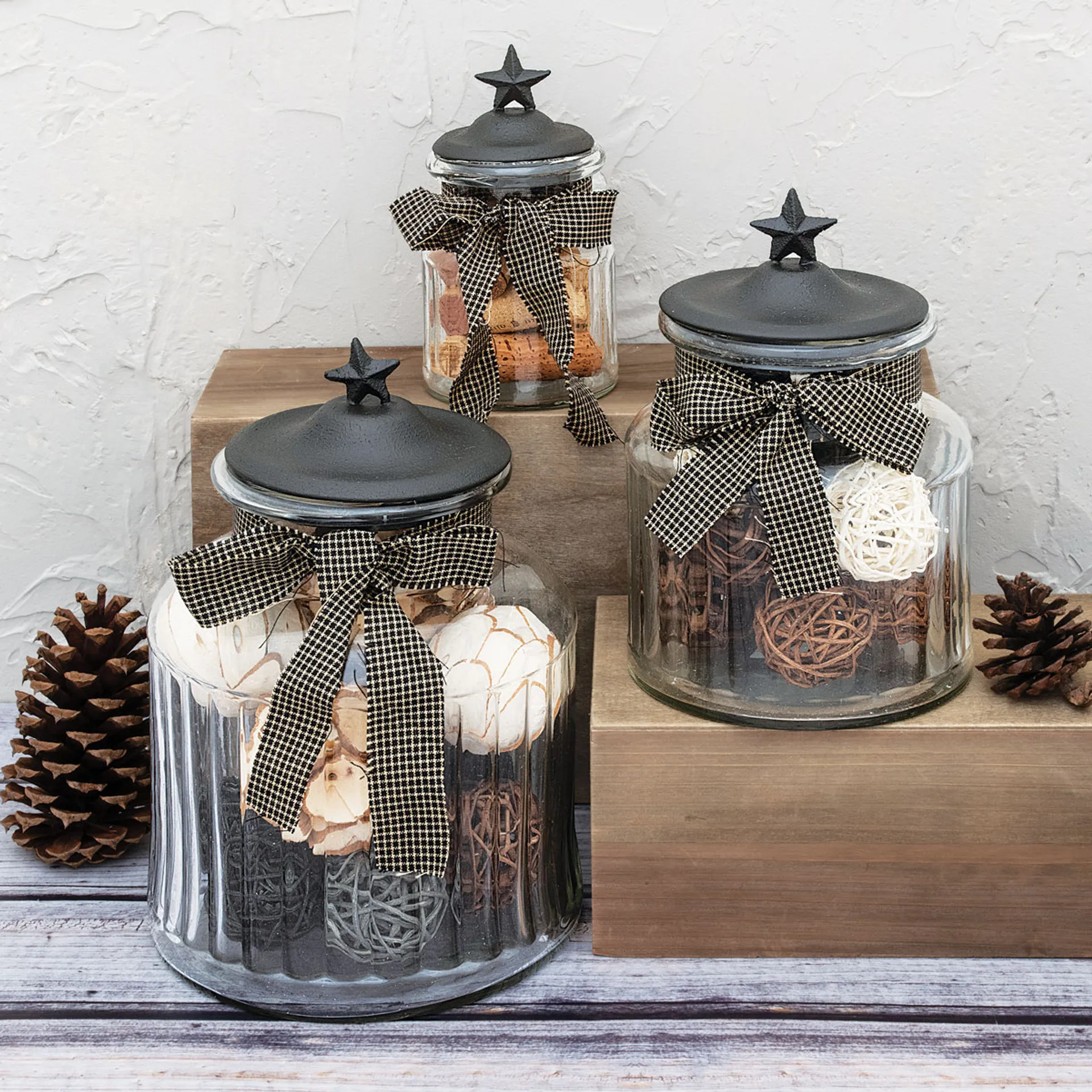
Zen design is rooted in principles of simplicity, naturalness, and harmony. Key elements include minimizing clutter, using natural materials, and creating a sense of balance. In a Zen kitchen, this translates to clean lines, uncluttered countertops, and an emphasis on functionality. The use of natural wood, stone, and other organic materials is essential. These materials bring a sense of warmth and connection to nature, which is central to the Zen philosophy. Additionally, the focus on balance and harmony encourages a sense of calm, making the kitchen a peaceful space to cook and socialize. Embracing these principles allows you to create a kitchen that not only looks beautiful but also promotes a sense of well-being.
Incorporating Western Design Elements
Western design brings a sense of ruggedness and warmth to the Zen aesthetic. This includes using materials like reclaimed wood, exposed beams, and natural stone. Incorporating elements like a farmhouse sink, wrought iron accents, or leather seating can also enhance the Western feel. Color plays an important role, with warm, earthy tones dominating the palette. Think of shades inspired by the desert landscape or the rich colors of the prairie. Textures are also key, with rough-hewn wood, woven fabrics, and natural stone surfaces adding depth and character. The aim is to create a space that feels authentic and connected to the outdoors, embracing the beauty and spirit of the West.
Color Palette and Material Selection
Choosing the right color palette and materials is critical to achieving the desired Zen Western kitchen decor look. The goal is to create a sense of harmony and balance through the thoughtful selection of colors and textures. A well-chosen palette enhances the feeling of serenity while the materials provide warmth and character. The combination of color and texture creates a balanced aesthetic that aligns perfectly with the principles of Zen, making your kitchen a truly inspiring space. Make sure that all materials work together harmoniously to create a balanced aesthetic that aligns perfectly with the principles of Zen.
Choosing the Right Colors for Zen
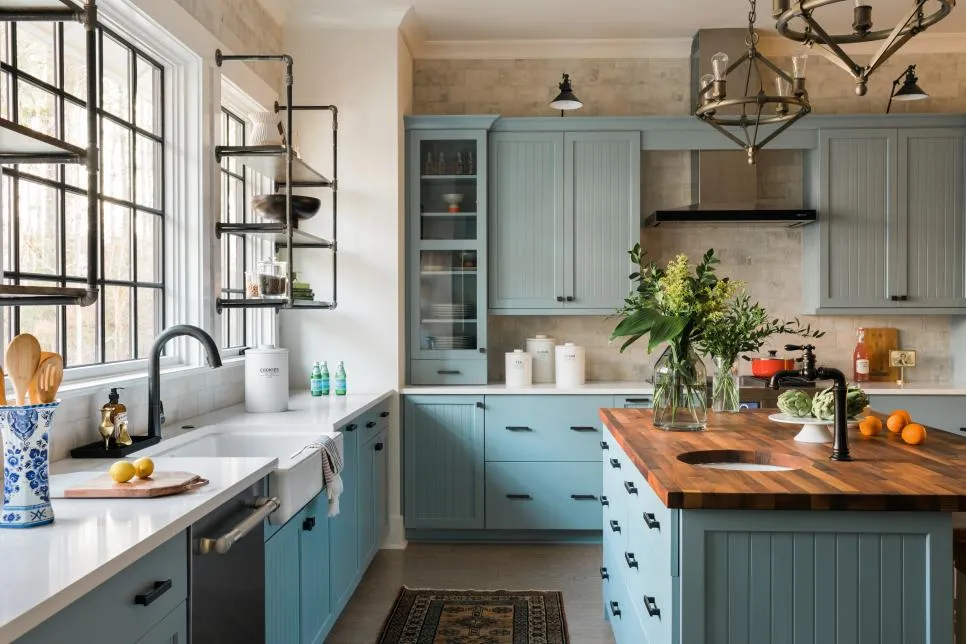
The color palette for a Zen Western kitchen should be grounded in nature. Think about the colors of the desert, the forest, or the prairie. Neutral tones like beige, cream, and light gray serve as a foundation, providing a calming backdrop. These can be combined with warmer accents such as terracotta, rust, or sage green to add depth and visual interest. Avoid harsh, bright colors, as they can disrupt the sense of peace. Instead, opt for muted tones that evoke a feeling of tranquility and warmth. The use of these colors will enhance the overall feeling of serenity and provide a balanced and inviting space. The careful selection of colors can transform the kitchen into a tranquil and inviting space.
Selecting Natural Materials
Natural materials are essential for creating a Zen Western kitchen. Wood is a primary element, with options ranging from light-colored maple to rich, dark walnut. Stone, whether used for countertops, backsplashes, or flooring, adds texture and a connection to the earth. Consider using reclaimed wood for a rustic touch or incorporating a stone sink for a striking focal point. Incorporating these natural elements is about bringing the outdoors inside. The variety of textures adds depth and interest to the space, while the organic feel enhances the overall sense of tranquility. The use of natural materials such as wood, stone, and other organic elements ensures the kitchen exudes a warm, inviting, and calming ambiance.
Furniture and Layout Ideas
The layout and furniture choices in a Zen Western kitchen should promote a sense of flow and functionality. The goal is to create a space that is both efficient and aesthetically pleasing. The arrangement of furniture and the overall layout should also facilitate ease of movement and encourage a peaceful cooking experience. With careful planning and the right selection of furniture, you can create a kitchen that is both practical and in line with the aesthetic. Prioritize functionality while maintaining a serene atmosphere through strategic placement and minimalist design principles.
Optimizing Space for Zen Flow
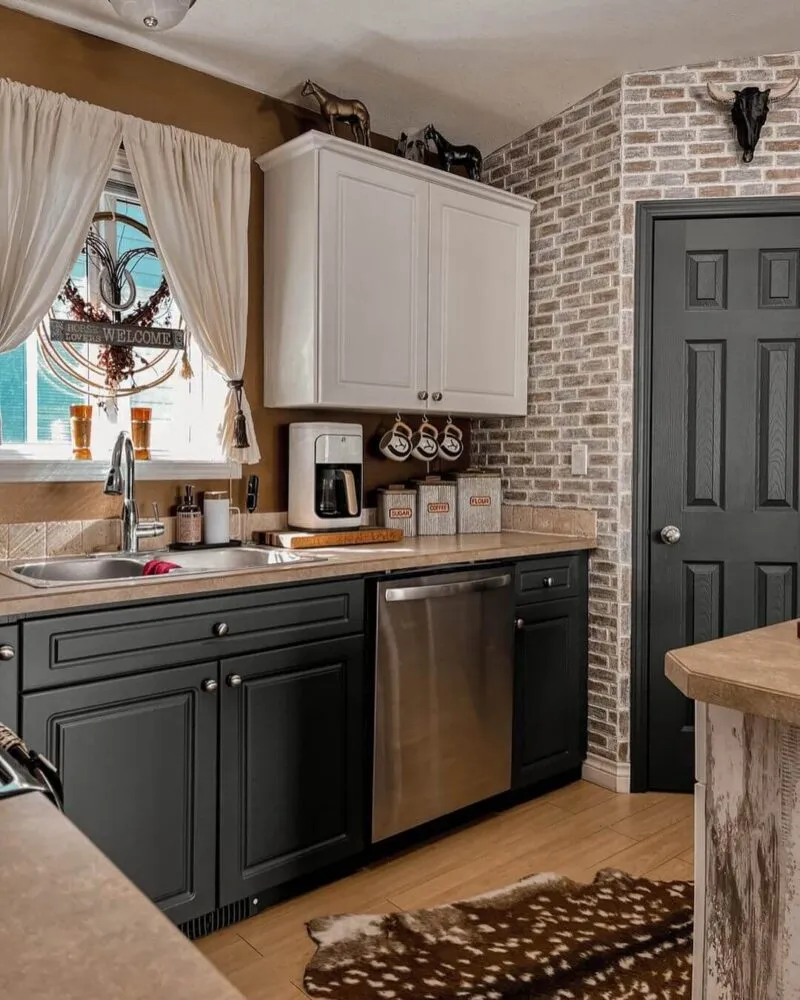
In a Zen kitchen, space is a precious resource. Optimize the layout to create a smooth flow. Consider an open-concept design to enhance the sense of spaciousness and encourage natural light. Place the cooking, cleaning, and preparation areas strategically to streamline workflow. Minimize clutter by incorporating ample storage solutions, such as built-in cabinets and drawers. Avoid overcrowding the space, allowing for easy movement and a feeling of openness. The goal is to create a harmonious environment that is both practical and aesthetically pleasing. By optimizing the layout and integrating functional storage solutions, you can ensure that your kitchen embodies the essence of Zen and fosters a peaceful cooking experience.
Choosing the Right Furniture
Furniture in a Zen Western kitchen should be simple, functional, and made from natural materials. Opt for pieces with clean lines and minimal ornamentation. A large wooden dining table provides a gathering space for family and friends. Choose comfortable, well-designed chairs that complement the overall aesthetic. Incorporate a kitchen island for additional workspace and storage. Consider natural finishes and textures such as wood or stone. The aim is to create a space that feels both inviting and uncluttered. Your furniture should complement your decor, ensuring that both form and function work together to create a peaceful environment that promotes a sense of calm and relaxation.
Decor and Accessories
Accessories play a crucial role in completing the Zen Western look. Careful selection of decor can enhance the overall ambiance and contribute to the feeling of serenity. The choice of decor should reflect a balance between simplicity and rustic charm. Incorporating the right accessories can elevate the overall aesthetic of the space, ensuring a harmonious blend of Zen and Western elements. The right decor can create a cohesive and inspiring environment, creating a harmonious and inviting space that celebrates both simplicity and rustic charm.
Adding Plants and Natural Elements
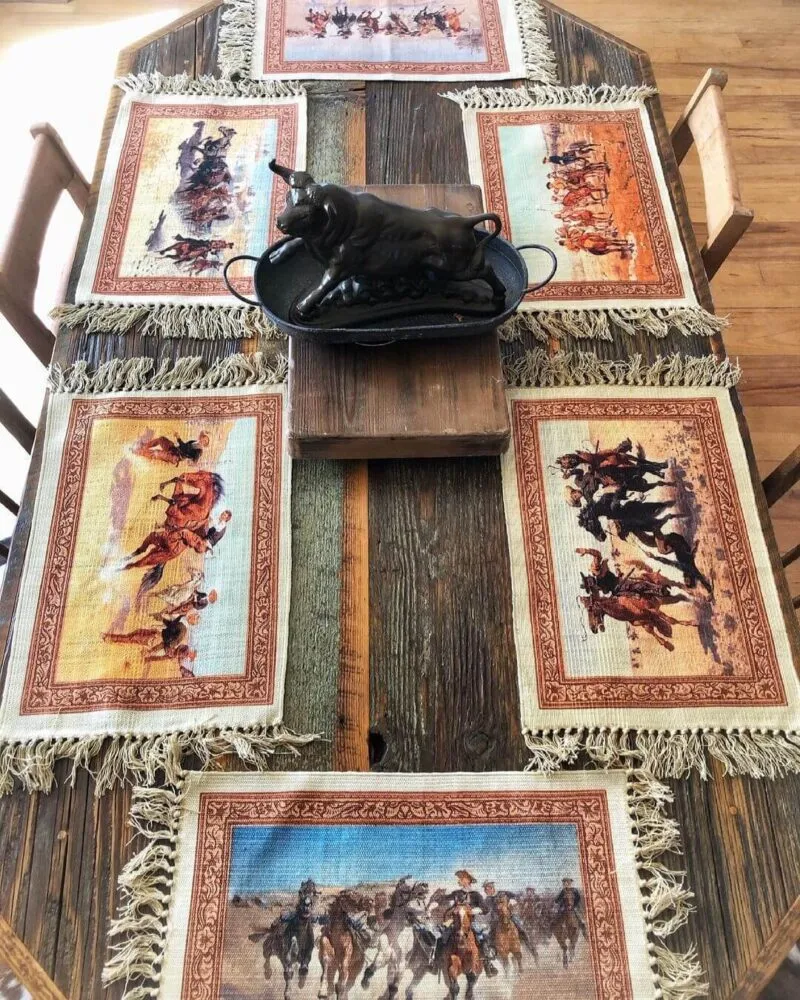
Plants are essential in any Zen space, bringing a touch of nature indoors. Choose plants that thrive in a kitchen environment, such as herbs, succulents, or ferns. Place them on countertops, shelves, or in hanging baskets. Incorporate other natural elements, such as driftwood, stones, or woven baskets. These elements add texture and create a sense of connection to the outdoors. The presence of plants and other natural elements enhances the overall sense of well-being. Integrating these elements not only adds aesthetic appeal but also contributes to a healthier and more peaceful living environment. The goal is to create a space that feels fresh and inviting, promoting a sense of harmony.
Minimalist Approach to Decor
In a Zen kitchen, less is often more. Embrace a minimalist approach to decor. Avoid clutter and keep surfaces clear. Display only a few carefully chosen items, such as a ceramic bowl or a wooden cutting board. Use open shelving to showcase your favorite items, while keeping the rest tucked away. Remember, the goal is to create a space that feels open and uncluttered. Maintaining a minimalist approach enhances the sense of calm and promotes a more relaxed atmosphere. This simple approach emphasizes the importance of functionality and beauty in a clutter-free environment, providing a serene and functional space that celebrates the art of simplicity.
Lighting and Ambiance
Lighting plays a crucial role in creating the right ambiance. Proper lighting can transform a kitchen, influencing the mood and enhancing the overall aesthetic. The right lighting can create a warm and inviting atmosphere, making the space feel serene and welcoming. The goal is to create a space that feels both functional and aesthetically pleasing. Careful consideration of lighting choices can dramatically alter the character of the kitchen, fostering a sense of harmony and well-being.
Types of Lighting
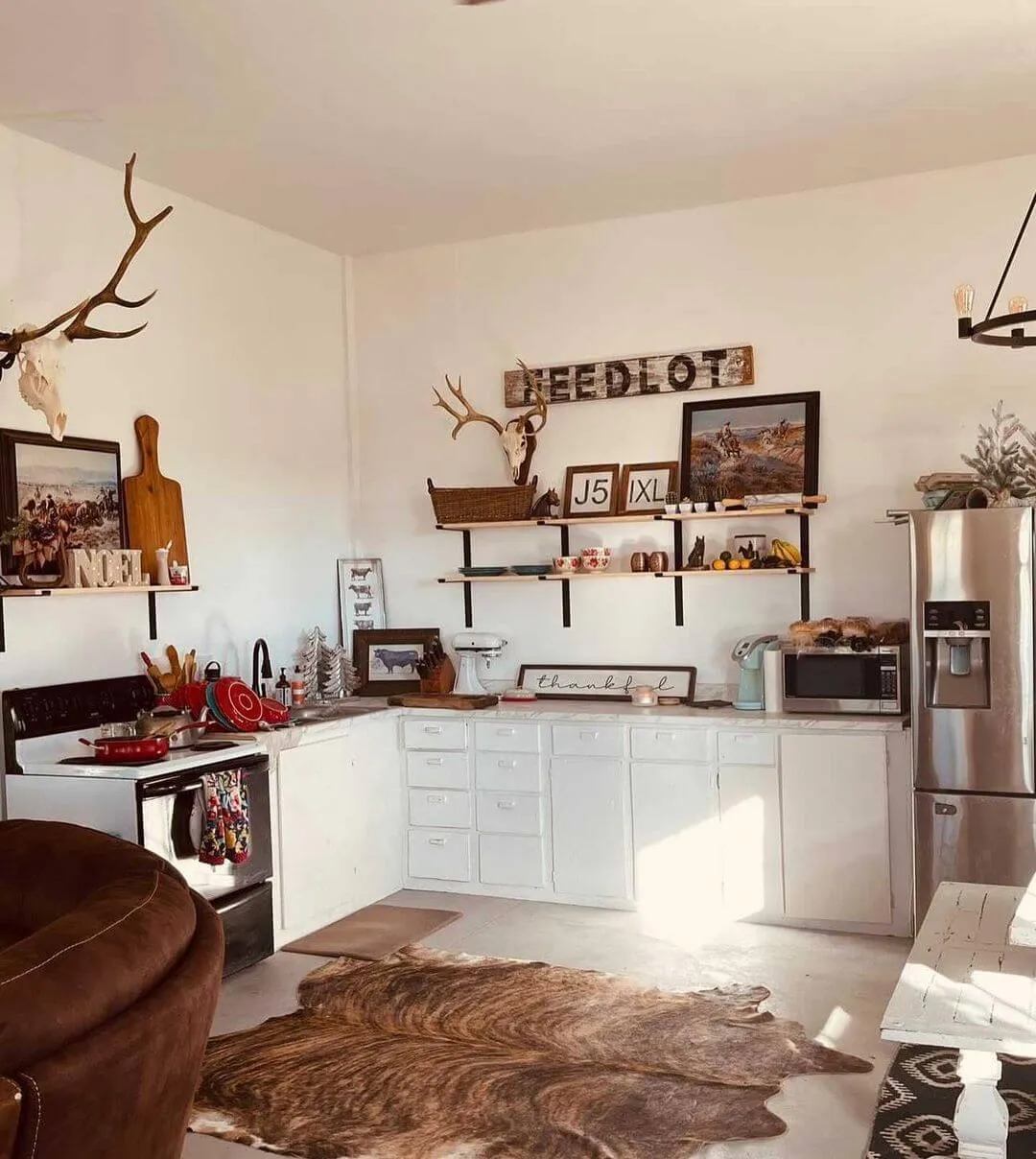
Combine different types of lighting to create a layered effect. Use overhead lighting for general illumination, such as recessed lights or pendant lights. Incorporate task lighting over the countertops and cooking areas. Add accent lighting to highlight specific features, such as artwork or a natural stone backsplash. Dimmer switches are a great addition, allowing you to adjust the intensity of the light depending on the time of day and the desired mood. Soft, warm light creates a sense of calm and relaxation, making the kitchen a peaceful space for cooking and socializing. The right lighting choices will illuminate your kitchen with serenity and functionality.
Creating a Peaceful Ambiance
Beyond lighting, consider other elements that contribute to a peaceful ambiance. Choose soft, natural textures, like linen curtains or woven rugs. Play calming music in the background. Use essential oil diffusers to add subtle fragrances, such as lavender or cedarwood. Minimize noise and create a sense of quietude. These elements can create an atmosphere of relaxation and tranquility. Creating a peaceful atmosphere involves paying attention to details. Consider the use of soft, natural textures, calming music, and essential oils to create a space that fosters relaxation and harmony.
In conclusion, designing a Zen Western kitchen is about creating a space that is both beautiful and functional, a place where you can find peace and inspiration. By embracing the principles of Zen design and incorporating elements of Western aesthetics, you can create a kitchen that is truly unique and deeply personal. Remember to focus on natural materials, a soothing color palette, and a minimalist approach to decor. The key is to create a space that reflects your values and promotes a sense of well-being. With these ideas, you can transform your kitchen into a sanctuary, a place where you can prepare meals, connect with loved ones, and unwind from the stresses of daily life.
